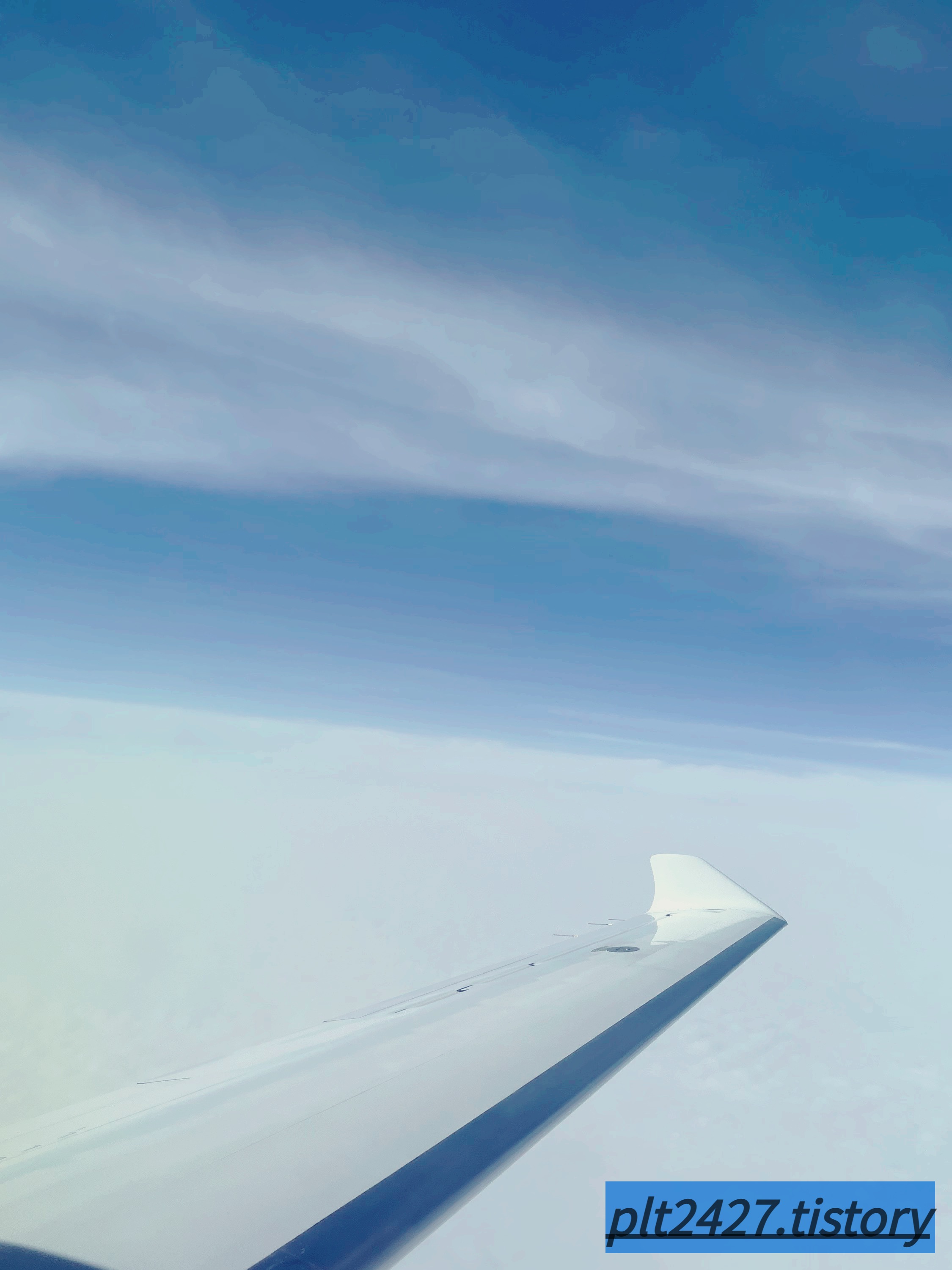| 일 | 월 | 화 | 수 | 목 | 금 | 토 |
|---|---|---|---|---|---|---|
| 1 | ||||||
| 2 | 3 | 4 | 5 | 6 | 7 | 8 |
| 9 | 10 | 11 | 12 | 13 | 14 | 15 |
| 16 | 17 | 18 | 19 | 20 | 21 | 22 |
| 23 | 24 | 25 | 26 | 27 | 28 | 29 |
| 30 | 31 |
- 조종사표준교재 항공기상
- Manual
- 검댕이
- Jeppesen
- Glossary
- 표준교재
- 에어웨이
- 20231019
- 세화 항공법규
- 표준교재 기상
- jeppesen airway manual
- 매뉴얼
- airway
- 우엥
- 항공정보 매뉴얼
- jeppsen airway manual
- 검댕스
- 항공기상서비스 사용자 안내서
- 공부
- 조종사표준교재
- 잽순
- 한국학중앙연구원)
- [네이버 지식백과] 기압에 대하여 [atmospheric pressure] (기상백과 기상청)
- 저산소증
- 공중항법
- https://www.law.go.kr/법령별표서식/(항공안전법 시행규칙
- 별표15)
- [네이버 지식백과] 일교차 [日較差] (한국민족문화대백과
- jeppsen
- Today
- Total
PLT2427
3−4−5. Military Operations Areas 본문
a. MOAs consist of airspace of defined vertical and lateral limits established for the purpose of separating certain military training activities from IFR traffic. Whenever a MOA is being used, nonparticipating IFR traffic may be cleared through a MOA if IFR separation can be provided by ATC. Otherwise, ATC will reroute or restrict nonparticipating IFR traffic.
b. Examples of activities conducted in MOAs include, but are not limited to: air combat tactics, air intercepts, aerobatics, formation training, and low−altitude tactics. Military pilots flying in an active MOA are exempted from the provisions of 14 CFR Section 91.303(c) and (d) which prohibits aerobatic flight within Class D and Class E surface areas, and within Federal airways. Additionally, the Department of Defense has been issued an authorization to operate aircraft at indicated airspeeds in excess of 250 knots below 10,000 feet MSL within active MOAs.
c. Pilots operating under VFR should exercise extreme caution while flying within a MOA when military activity is being conducted. The activity status (active/inactive) of MOAs may change frequently. Therefore, pilots should contact any FSS within 100 miles of the area to obtain accurate real-time information concerning the MOA hours of operation. Prior to entering an active MOA, pilots should contact the controlling agency for traffic advisories.
d. Permanent MOAs are charted on Sectional Aeronautical, VFR Terminal Area, and the appropriate En Route Low Altitude charts. NOTE− Temporary MOAs are not charted.
'오답노트 > AIM' 카테고리의 다른 글
| 4−1−20. Transponder and ADS−B Out Operation (0) | 2024.06.21 |
|---|---|
| § 91.227 Automatic Dependent Surveillance-Broadcast (ADS-B) Out equipment performance requirements. (0) | 2024.06.21 |
| FAA AIM 연료방출 (1) | 2024.06.04 |
| RVR값 환산 (0) | 2024.06.04 |
| 차트상에서 고도 표시 (1) | 2024.06.04 |


